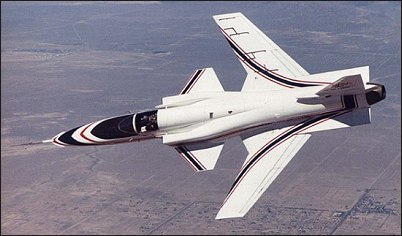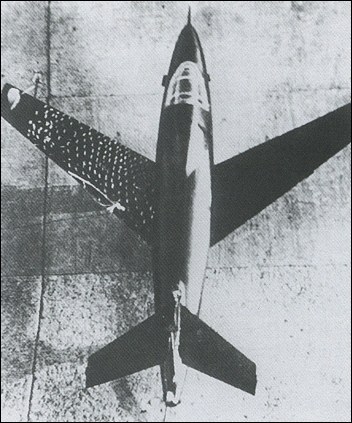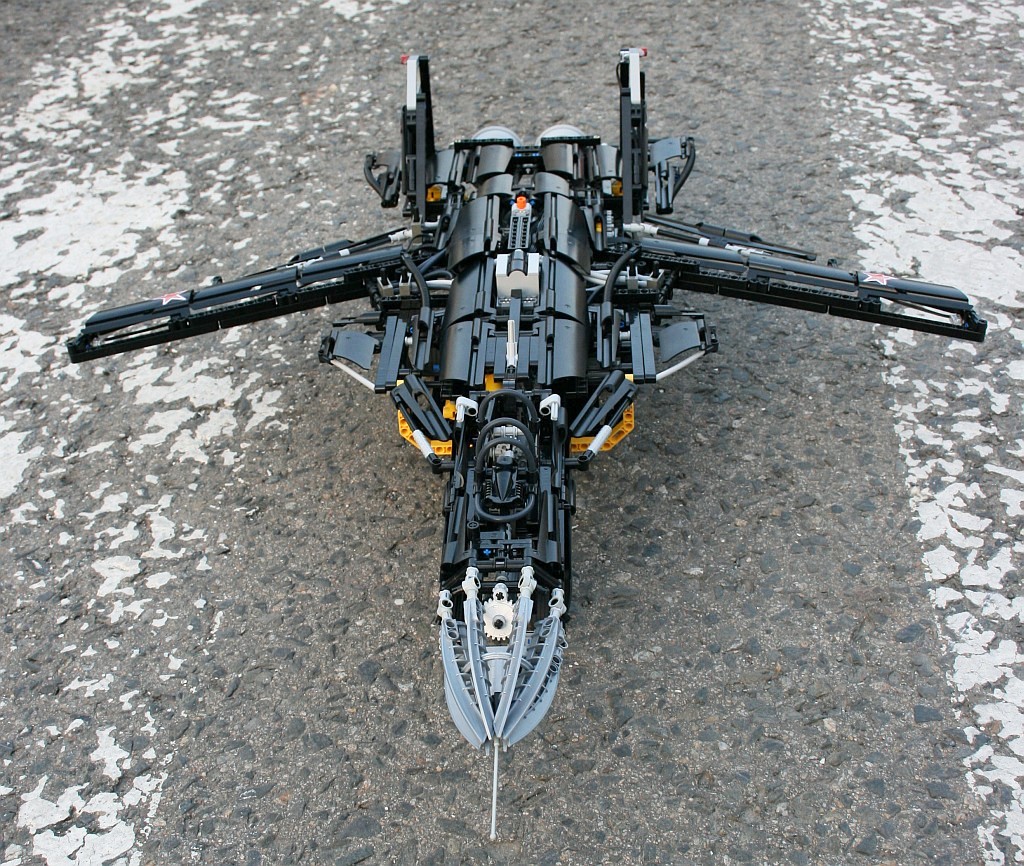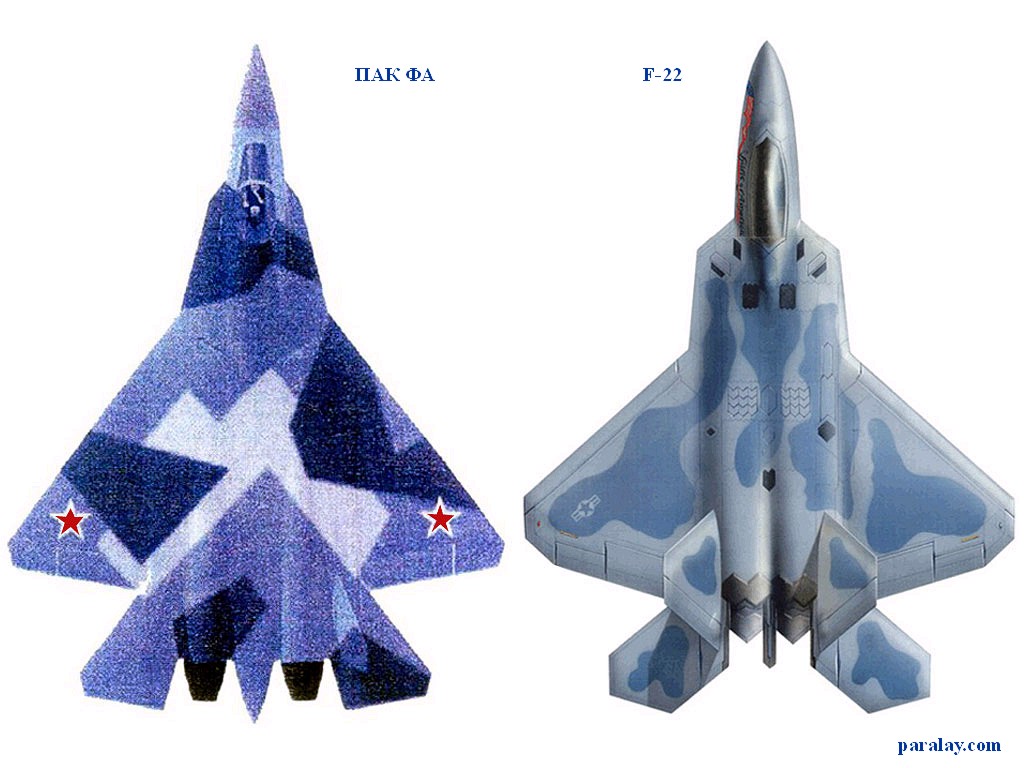
Posted on 08/31/2009 5:15:17 PM PDT by myknowledge
Zhukovsky, Moscow Region: Russia's fifth-generation fighter planes, being developed by the Sukhoi design bureau in collaboration with India's Hindustan Aeronautic Ltd (HAL), is set to start flight trials in November, the Russian air force chief said Thursday. He also revealed that the fighters' engine development programme had run into some problems.
Speaking at the MAKS air show outside Moscow, Col Gen Alexander Zelin said: "For the time being, the aircraft will use Saturn engines. There are problems, I admit, but research is continuing."
The T-50 Advanced Frontline Aviation Complex (PAK-FA), going by the Russian designation of the 5th Gen fighter, is intended to replace the Russian air force's fourth-generation fighters, namely, the Su-27 Flanker and the MiG-29 Fulcrum.
The PAK-FA will also be inducted into the Indian Air Force as a two-seater version, compared to the Russian air force's single-seat version, and it is the Russian version that is due to commence trials later in the year.
As the original Sukhoi design was not intended to incorporate a two-seater, the design bureau, along with HAL, is now working on strengthening the aircraft's structure so that it can carry increased weight.
Earlier, in May, the Russian air force commander had indicated that three T-50 airframes had already been built, with at least one of these, very likely, a static fatigue test rig. Now, the Itar-Tass news agency quotes Gen Zelin as saying that the second prototype fighter jet was undergoing ''field trials.'' It is not clear what processes it is referring to when it says ''field trials,'' but very likely it is referring to land tests.
All three prototypes have been built for land tests and a new one for aerial flights is on its way.
Gen Zelin has reiterated time and again that the 5th-generation fighter jet will see its maiden flight later this year, ''in November, or probably in December.'' This is a subtle shift from the September-October period bandied about earlier.
Deputy prime minister, Sergei Ivanov, had laid down a fiat in January this year that come what may the fifth-generation fighter jets must start trials this year and be in use by the air force by 2015.
T-50 PAK-FA The aircraft is designed to feature a long combat radius, supersonic cruise speed, low radar cross section, super-manoeuvrability, and the capability for short takeoffs and landings.
It is expected to have a normal take-off weight of 20 tons, which is smack in between the average normal take-off weight of the two adversary, 5th Gen American fighters - the F-35 JSF (17.2 tons) and the F-22 (24 tons).
The new fighter is expected to have a traditional wing form, though Russian experts say that the experience gathered as a result of Berkut's test flights will be taken in consideration when designing the fighter. The Berkut is the only aircraft in fighter history to have a Swept Forward Wing (SFW).
It will be equipped with two AL-41F engines being developed by the Saturn scientific and industrial enterprise, an active phased array radar system developed by the Fazatron-NIIR Corporation and high-precision weapons.
Interestingly, the new fighter is being sought to be developed from concept to a prototype series in less than 9 years. Historically, fourth and fifth generation fighters have not been created in less than 15 years.
It is likely that the problems being referred to by Gen Zelin in the development of the engine may be more finance-related than technical. The Russian government had promised to allocate $1.5 billion for the PAK-FA through 2010. It is not known if it has kept to its promise.
Completion of the AL-41F engine programme, according to Rosaviakosmos officials was dependent on cash flows of between $600-800 million. These figures are from tleast two years back, even before prices of resource materials and services skyrocketed around the world before the global crash.
It is not evident if the Russian government has stuck to its promise to make adequate resources available.
Russian sources have said an improved version of the AL-31F will be used on the prototypes, though these engines have been designed for aircraft heavier than the PAK-FA.
Aviation fans, bear in mind about the high level of complex engineering incorporated in such a 5th generation jet fighter like the F-22 or PAK FA. Development of such aircraft would require undertaking by an advanced aircraft corporation e.g. LockMart. The time span from first flight to IOC would take 5-10 years, sometimes 15 if teething problems are encountered.
Also, they cannot be mass produced in bulk due to said overengineering. Mechanical problems can trouble any plane, but 5th Gen fighters like these are most prone to such failure.
Another factor is the price tag. How many can an air force purchase and operate altogether? Limited numbers, I bet.
Russia would have ~4 squadrons of Su-50s and India will have ~2 squadrons of Su-50MKIs by ~late 2020s (based on my predictions).
What do you think?
The X29 had swept forward wings, once again the Russians claim credit for things the US invented.
I thought the original idea for forward-swept wings came from the Huns in the early ‘40s.
Actually, the swept forward wing concept was pioneered by the Germans.
Almost EVERY form of wing design was pioneered by the Germans.

The swept forward wing design, among just about every shape known to modern aeronautics is shown here.
Graphic for your post.
True but the US did invent fly by wire which made the X29 the first successful military SFW concept.
“Almost EVERY form of wing design was pioneered by the Germans.”
I still haven’t forgiven them for PG conduit threads.
Grumman X-29 First Flight 1984 
Sukhoi S-37 Berkut First Flight 1982 
FAIL
not even Wikipedia says the s-37 flew in 84

 Then the Soviet Union captured the Ju-287 prototypes, along with the FSW configuration design, and subsequently developed the Tsybin LL-3.
Then the Soviet Union captured the Ju-287 prototypes, along with the FSW configuration design, and subsequently developed the Tsybin LL-3. 
 Then the United States and the Soviet Union developed their own prototype aircraft with FSW configurations.
Then the United States and the Soviet Union developed their own prototype aircraft with FSW configurations. 
 Grumman X-29
Grumman X-29 

 Sukhoi Su-47 Berkut
Sukhoi Su-47 Berkut
I know that, thank you very much.
Grumman X-29.
For Russia that depends on the price of oil. Right now not so much but if it goes to $4+ again then they will be able to afford quite a few, plus new tanks, ships, missiles and so on.

but I believe the current design for the T-50 is something that looks like a cheap knockoff of a FA-22, and the wings don't sweep forward. From this pic, you can understand why its been knicknamed the "raptorski".



Northrop-Grumman tested the design in 2008 and its radar cross section was only 40% compared to conventional planes. They were already testing these planes with successful flights near the end of WW2 and had planned a bomber version (Amerika Bomber) as well that could of potentially reached the eastern united states droping atomic weapons.
Question:
Is this so when the Ruskies sell the planes to the Muslim nations, they can put the plane in reverse and fly backwards when confronted by Israli fighter jets?
Just curious.
ROFLMAO!!!
Disclaimer: Opinions posted on Free Republic are those of the individual posters and do not necessarily represent the opinion of Free Republic or its management. All materials posted herein are protected by copyright law and the exemption for fair use of copyrighted works.